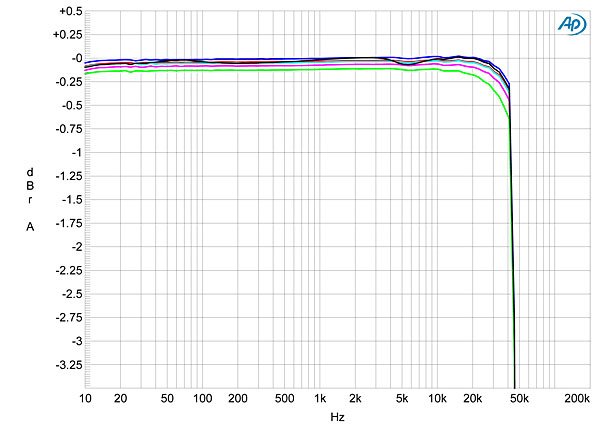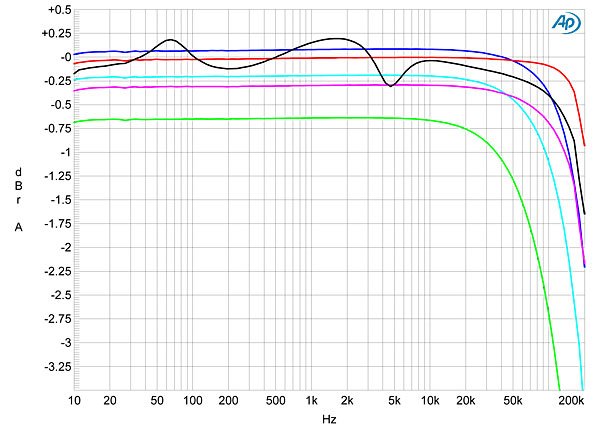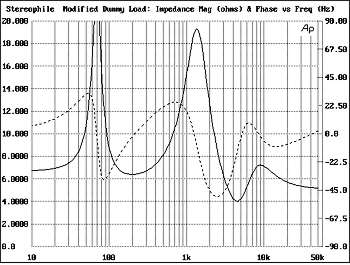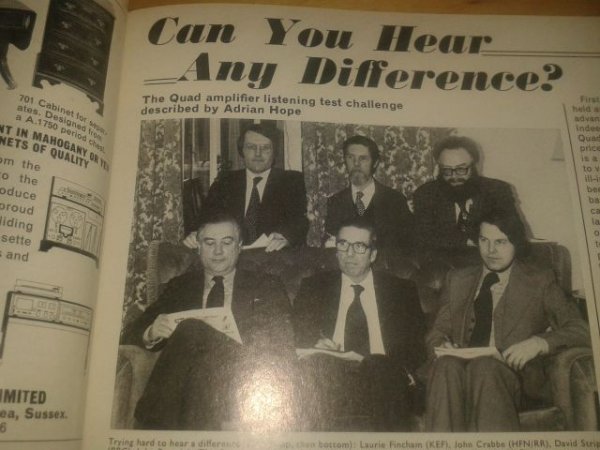In many online debates, position taken by some that when amplifiers are used that have flat frequency response and low distortion that no double blind tests have shown them to sound different.
Well, I managed to dig up a 32 year old test that says otherwise. What is fascinating is that one of the article/testers was no other than Arny Krueger, the most vocal champion of such arguments in forums!
The story is that it occurred to me one day that I had never, ever seen Arny document any blind tests he had run. Yet he said he had run 100,000 of these (no joke). After pressing him for an example, he said there was only one test that was ever documented(!) and it was in this 1982 Amateur Audio magazine. While that is pre-Internet era, one would think that someone, some place would have scanned a copy and put online. This has been done for other articles that said no difference was found but this article, was never, ever put on the net for anyone to read. Arny to his credit had made references to it here and elsewhere but never discussing the details of it.
My challenge then begun in trying to locate a copy of that magazine issue or another that was printed in UK. I came awfully close and missed it by one month on the UK publication. But came up empty other than that despite searching everywhere. I mentioned this to Arny and to my surprise he linked me to an auction site that I had never heard of with someone having that issue. With reluctance I signed up to their service and after paying my $11, the magazine arrived.
The article is actually quite short. What I am about to show you is about half of it and contains all pertinent portions. I am happy to field and answer questions that may be in the rest of the article.
So let's start at the top. Here is the title of the 2-page article:

What a headline, no? It says they have "proven" that amplifiers sound different! You almost don't need to read any more but for completeness let's go into it.
Here are the amplifiers in question:

So these are very powerful amplifiers. We are not talking a tube SET amplifier or some other amp that runs out of juice at 20 watts. We have very powerful amplifiers clocking at over 200 watts at 4 ohms.
This being the pre-CD era, a turntable was used. Here are the details of that and the speakers used:

So how did they do? Here are the votes for the three tracks tested:

We see why they say "prove" as the two tracks show statistically that the results are not due to chance.
So the conclusion is as expected:

Not the message we see broadcast on forums.
So what caused the difference? I think it is what I believe to be behind such audibility differences namely what happens at clipping point which occurs far more often than we may think:

No data is presented on what would happen if the volume was turned down.
So there you have it. "Proof" that amplifiers do sound different in double blind tests .
.
Well, I managed to dig up a 32 year old test that says otherwise. What is fascinating is that one of the article/testers was no other than Arny Krueger, the most vocal champion of such arguments in forums!
The story is that it occurred to me one day that I had never, ever seen Arny document any blind tests he had run. Yet he said he had run 100,000 of these (no joke). After pressing him for an example, he said there was only one test that was ever documented(!) and it was in this 1982 Amateur Audio magazine. While that is pre-Internet era, one would think that someone, some place would have scanned a copy and put online. This has been done for other articles that said no difference was found but this article, was never, ever put on the net for anyone to read. Arny to his credit had made references to it here and elsewhere but never discussing the details of it.
My challenge then begun in trying to locate a copy of that magazine issue or another that was printed in UK. I came awfully close and missed it by one month on the UK publication. But came up empty other than that despite searching everywhere. I mentioned this to Arny and to my surprise he linked me to an auction site that I had never heard of with someone having that issue. With reluctance I signed up to their service and after paying my $11, the magazine arrived.
The article is actually quite short. What I am about to show you is about half of it and contains all pertinent portions. I am happy to field and answer questions that may be in the rest of the article.
So let's start at the top. Here is the title of the 2-page article:

What a headline, no? It says they have "proven" that amplifiers sound different! You almost don't need to read any more but for completeness let's go into it.
Here are the amplifiers in question:

So these are very powerful amplifiers. We are not talking a tube SET amplifier or some other amp that runs out of juice at 20 watts. We have very powerful amplifiers clocking at over 200 watts at 4 ohms.
This being the pre-CD era, a turntable was used. Here are the details of that and the speakers used:

So how did they do? Here are the votes for the three tracks tested:

We see why they say "prove" as the two tracks show statistically that the results are not due to chance.
So the conclusion is as expected:

Not the message we see broadcast on forums.
So what caused the difference? I think it is what I believe to be behind such audibility differences namely what happens at clipping point which occurs far more often than we may think:

No data is presented on what would happen if the volume was turned down.
So there you have it. "Proof" that amplifiers do sound different in double blind tests






